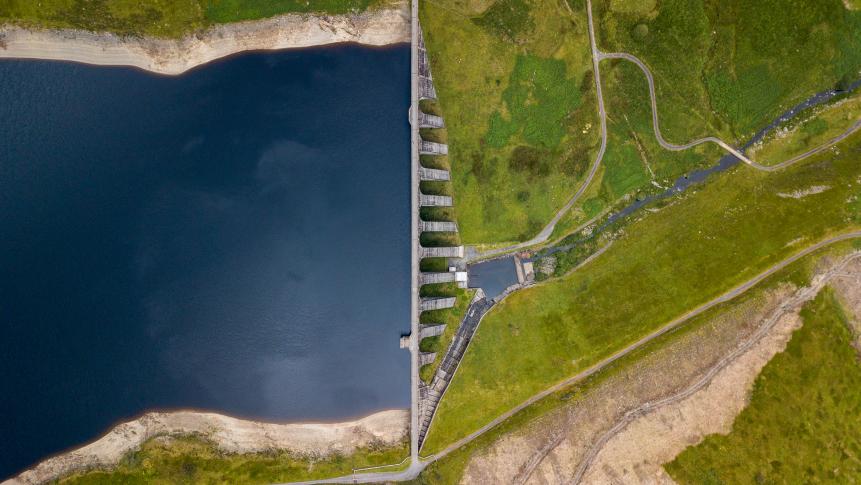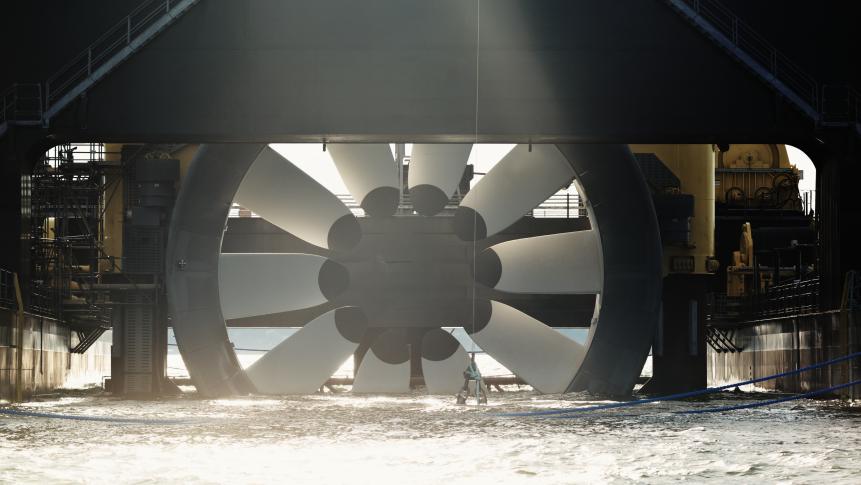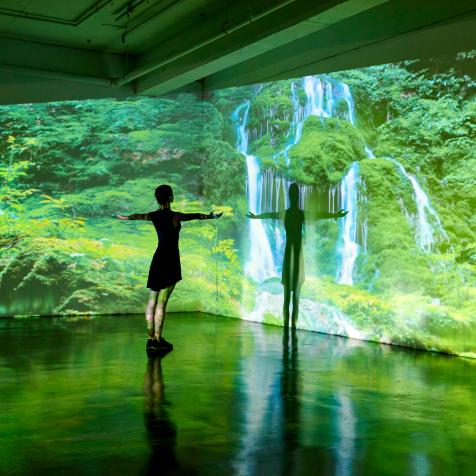
George Pachantouris
Raindrop Electricity: Generating 'Blue Energy' from Rainfall
Water-power has been used for thousands of years as a renewable energy source, so what are we doing today to make rain water work for us?
The ancient Greeks and Romans used water wheels to mill grain and refine wool in clothmaking. In the twentieth century, the same principles led to huge hydroelectric generation projects, but scientists have discovered a more efficient method of rainwater energy harvesting that could be scaled up.
Water Power

Jake Gardener / EyeEm
Raindrop electricity generation has previously been employed as a form of microgeneration to power houses and small water purification systems – by capturing and funnelling rainwater to drive small turbines. Another method used piezoelectric materials that generate electricity based on energy released when raindrops hit a surface.
But the method discovered by researchers at universities in China, Hong Kong, and the US, uses a triboelectric (static electricity) nanogenerator to generate and store electricity in materials. “Our research shows that a drop of 100 microliters [one microliter = one millionth of a liter] of water released from a height of 15 cm can generate a voltage of over 140V. And the power generated can light up to 100 small LED light bulbs,” said Professor Wang Zhong Lin of City University, Hong Kong.
Traditional hydropower generation technologies are not capable of generating proportionally anywhere near the same power for their size and only work efficiently with huge volumes of water. Materials used in this new droplet-based electricity generator combine a polytetrafluoroethylene film with an indium tin oxide electrode and aluminium electrode. When raindrops hit the device, they bridge the components to create a closed-loop electrical system.
Kinetic energy from falling raindrops is effectively turned into electrical energy. Surface charge accumulates on the device as the drops hit and is then discharged as spreading water connects the two electrodes. Power density and energy conversion efficiency achieved by this system is thousands of times greater than similar devices.
Power Limitations

shaunl
Newly constructed tidal power generating turbine mounted on a test platform.
Limitations in current technology mean that the low-frequency kinetic energy in rainfall, waves, and ocean tides are not being harvested efficiently. Tidal power and wave generation are potentially the most abundant renewable energy source available to humans given that the Earth's surface is about 70 per cent water.
American households are among the most energy-hungry on the planet, consuming on average around 11,000 kilowatt-hours (kWh) of energy each year. Electric water heaters alone use between 380-500 kWh per month. So developing generation from natural tidal movement would appear to be one of the best ways to meet demand and reduce greenhouse gas emissions.
While there are fairly few large tidal power projects worldwide, research continues and wave generation using piezoelectric and triboelectric materials could revolutionize so-called 'blue-energy' sources. Professor Wang points out that his droplet generator is effective in fresh and salt water so could be used virtually anywhere.


















